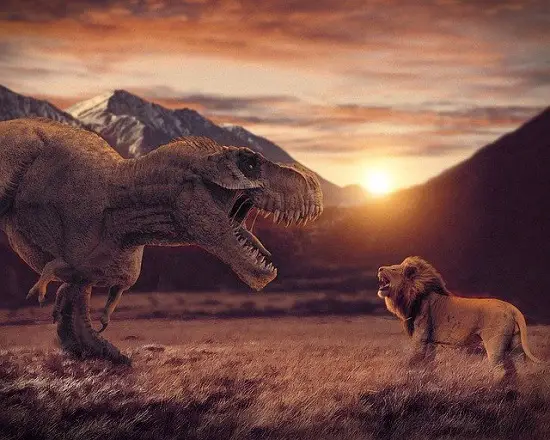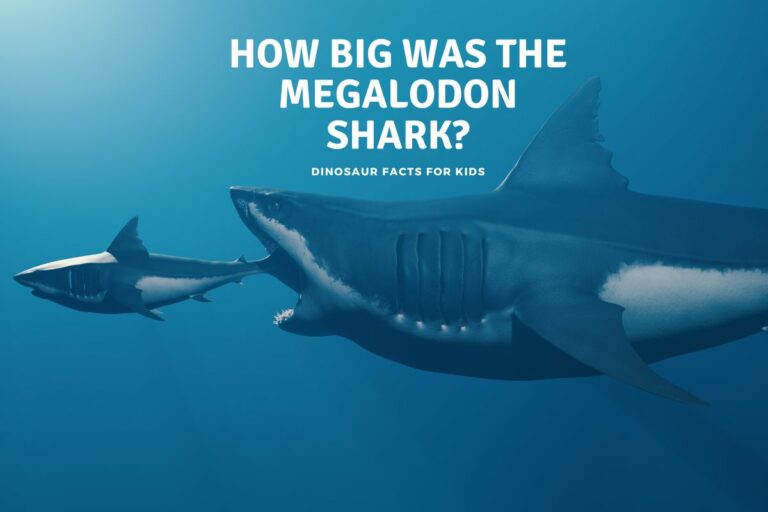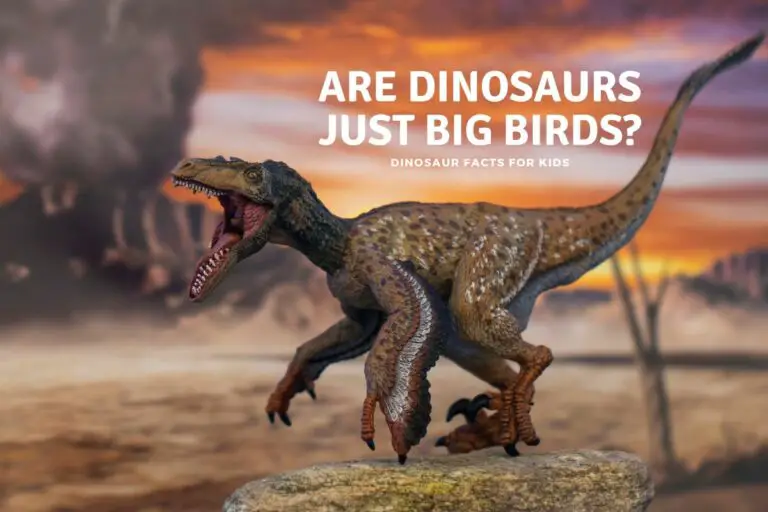How much did a Tyrannosaurus Eat?
The Tyrannosaurus rex, T. rex, is arguably the most popular of all dinosaurs. This gigantic carnivore, which roamed our Earth some 68 to 66 million years ago during the Cretaceous period, is known for its fierce appearance and massive jaws. This leads us to wonder, how much food did it actually need to fill that teeth filled mouth?
Research has suggested that Tyrannosaurus Rex (T-Rex) could eat, 40-240 kg of meat daily. This translates to 22,000 to 154,000 calories, equivalent to feasting on a small adult human or an entire deer. As an apex predator, its diet mainly comprised larger herbivores like triceratops and hadrosaurs.
We take a look at how much did a T-Rex eat below going into a little more detail than the quick answer above, and comparing to some modern day items like pizza and MacDonalds!

How Did T-Rex eat?
When discussing T. rex’s feeding habits, we should look at how big the T-Rex actually was. Dominating the landscape, an average adult T. rex measured up to 40 feet in length and weighed upto and around 9 tons when fully grown.
What made it a formidable predator, however, were its jaws, equipped with teeth that could grow up to 12 inches. These teeth were not just long, but also incredibly strong, designed for tearing flesh
Studies have estimated that T. rex could bite down with a force of 8,000 pounds per square inch, easily crunching through bones. Its keen sense of smell also helped it sniff out prey to hunt and dead animals for an easy meal.
What Did T-Rex Eat?
T. rex was, as everyone knows, carnivorous. But what exactly did it eat? Fossil evidence and the presence of bite marks on certain dinosaur bones suggest a preference for large herbivores like Hadrosaurs and Triceratops. (and in the movies lawyers and even dogs)
These herbivores offered a substantial amount of meat, making them ideal prey. There’s also evidence to suggest that T. rex didn’t shy away from smaller theropods or even younger members of its own species when food was scarce.
The debate on whether the T. rex was strictly a predator or also scavenged is ongoing.
Some paleontologists believe it was opportunistic, consuming carcasses when available, but also hunting when the need arose, making it both a predator and a scavenger.

4. How Much Did T-Rex Eat?
Of course knowing the exact daily food intake of a T. rex is challenging, mainly due to our reliance on fossil records and comparisons with modern animals and not being able to study a live T-Rex. ( thankfully i guess) .
However, researchers have made educated estimations.
Drawing parallels with today’s predators, like lions or alligators, a T. rex might have consumed between 22,000 to 154,000 calories daily.
This translates to roughly 40 to 240 kilograms of meat – equivalent to a small adult human or an entire deer. The vast range in estimates arises from factors like the T. rex’s activity level, its metabolic rate, and prey availability.
Juveniles, growing rapidly, likely had higher metabolic demands and would have eaten, or needed, more food at a rate higher than their body size would suggest.
Adults, on the other hand, might have eaten large quantities in one sitting and then fasted for days, much like how modern reptiles or sharks and other predators do today.
Table 1: How much did a T-Rex eat comparison
We have a few possible, and impossible, food items below to give you an idea how how much a T-Rex would eat ( taking a middle amount as a benchmark)
| Item/Dinosaur | Estimated Caloric Content | Equivalent to T. rex’s Daily Intake (using an estimate of 88,000 calories/day) |
|---|---|---|
| Cow | 500,000 calories (whole cow) | 0.18 cows/day |
| Sheep | 140,000 calories (whole sheep) | 0.63 sheep/day |
| Pizza | 2400 calories (large, cheese and tomato) | 36.6 pizzas/day |
| Dog (medium-sized breed) | 20,000 calories (whole dog, but note: T. rex wouldn’t eat dogs!) | 4.4 dogs/day |
| Human | 81,500 calories (whole human, but again, note: just a morbid calculation!) | 1.08 humans/day |
| Big Mac | 563 calories | 156.3 Big Macs/day |
| Taco | 170 calories (standard beef taco) | 517.6 tacos/day |
| Rabbit | 1730 calories (whole rabbit) | 50.9 rabbits/day |
| Velociraptor | Estimated 12,000 calories (whole) | 7.3 velociraptors/day |
| Triceratops juvenile | Estimated 500,000 calories (whole juvenile) | 0.18 triceratops/day |
Why Did T. rex Eat So Much Compared to Modern Reptiles?
At first glance, one might wonder why the T. rex required more food, when compared to modern reptiles like crocodiles or lizards which can survive on relatively sparse meals.
The difference lies mostly in metabolism and lifestyle. Modern reptiles are ectothermic (cold-blooded), relying on external sources to regulate body temperature.
This means their metabolic demands are typically lower, allowing them to go extended periods without food.
T. rex, on the other hand, is believed by many paleontologists to have been endothermic or at least mesothermic (a middle ground between cold and warm-blooded), with a faster metabolism requiring more frequent and substantial feeding just like us!
Additionally, the sheer size of the T. rex, coupled with its active predatory lifestyle, would mean it needed a higher caloric intake to maintain energy levels, heal, and grow.

Factors Influencing How much a T-Rex ate
There would have been many factors that would influence how much a T. rex ate.
- Juveniles, in their rapid growth phase, required more food proportional to their size compared to adults.
- Environmental factors, like the abundance or scarcity of prey, also played a pivotal role. Seasons, for instance, might affect prey availability, with drier periods potentially reducing the number of available prey.
- Competition from other predators, such as other large theropods, could affect how much a T. rex ate.
- If prey was plentiful and few competitors roamed the region, T. rex had a access to much more food.
Feeding Behaviors of a T-Rex
Fossil evidence reveals intriguing behaviors: bite marks on bones show that they didn’t just strip flesh but also crushed and consumed bones.
Such behavior is termed as ‘osteophagy’ and is an excellent way to derive extra minerals and marrow.
T. rex might have been adept at ambush hunting given its strong legs and potential bursts of speed, (though perhaps not as fast as once thought) .
Fossil records also point towards evidence of cannibalism, implying that in dire circumstances, T. rex might have consumed its own kind.
Coprolites, or fossilized feces, – Dinosaur poop! have shown traces of crushed bone, reinforcing the hypothesis of osteophagy.
These specialized behaviors suggest a predator that certainly didn’t miss an opportunity for a meal, and made sure nothing went to waste when it had one!
T. rex’s Diet and its Ecosystem
The enormous dietary demands of the T. rex significantly impacted its ecosystem.
As an apex predator, it played an important role in keeping herbivore populations in check, ensuring a balance in the food chain.
An overpopulation of herbivores could lead to overgrazing, impacting vegetation, and then as a knock on effect, the entire ecosystem.
By keeping these populations in check, T. rex indirectly played a part in vegetation conservation.
If it is found that T-Rex did scavenge for food as well, this would have ensured quicker recycling of nutrients back into the soil.
Lastly, its role as a predator and scavenger created opportunities for other smaller carnivores and scavengers, just like in todays world. T-Rex may have been the first to have its meal, but it would not have been the last to take a bite from its prey!
Comparison with Other Dinosaurs
The eating habits of the T. rex, while possibly the most asked, are just one look into what food kept these huge animals moving
We will be covering the eating habits of other popular dinosaurs – dinosaurian diets – here on the site, and to give you a taste (ha!) some of the following are covered!
Like the Spinosaurus, had a diet that was predominantly piscivorous, focusing on fish, given its crocodile-like jaws and evidence suggesting aquatic adaptations.
The massive herbivores, like the Brachiosaurus, ate vast amounts of vegetation daily, with their long necks aiding in reaching treetop foliage.
Velociraptors, smaller and agile, likely hunted in packs, focusing on smaller prey or teaming up for larger kills.
When completed we will list them below for you to check out.
Want to know how much other dinosaurs ate – we many eating habits of dinosaurs covered below.
- How much did a Triceratops eat?
- how much did a T-rex eat?
- How much did a Brachiosaurus eat?
- how much did Velociraptor eat?
- How much did Spinosaurus Eat?
- How much did Stegosaurus eat?
Conclusion
T Rex is thought to have consumed between 40,000 and 150,000+ calories a day on average. the range is so large due to only fossils being able to be used to research this, and the host of factors we mentioned above that may have affected the T-Rex’s access to food – Number of prey, competition, environment etc.
Although it may seem like a lot the size of the T-Rex, and its needs when, growing, certainly but the amount into perspective and our cows, sheep and Taco bells can be happy that a hungry T-Rex is not around today.
References
- https://www.nytimes.com/2004/08/12/us/teenage-t-rex-s-appetite-explains-its-bulk-study-finds.html
- https://www.washingtonpost.com/how-t-rexs-powerful-bite-crushed-dino-bones-to-a-pulp/
- https://animalqueries.com/how-long-can-crocodiles-go-without-eating/
- https://en.wikipedia.org/wiki/Feeding_behaviour_of_Tyrannosaurus
Hi, I am Roy Ford a General Studies and English Teacher who has taught all over the world. What started as a fossil collection became a great way to teach, motivate and inspire students of all ages and all over the world about dinosaurs and from that and children’s love of dinosaurs came the site dinosaur facts for kids, a resource for all ages.







